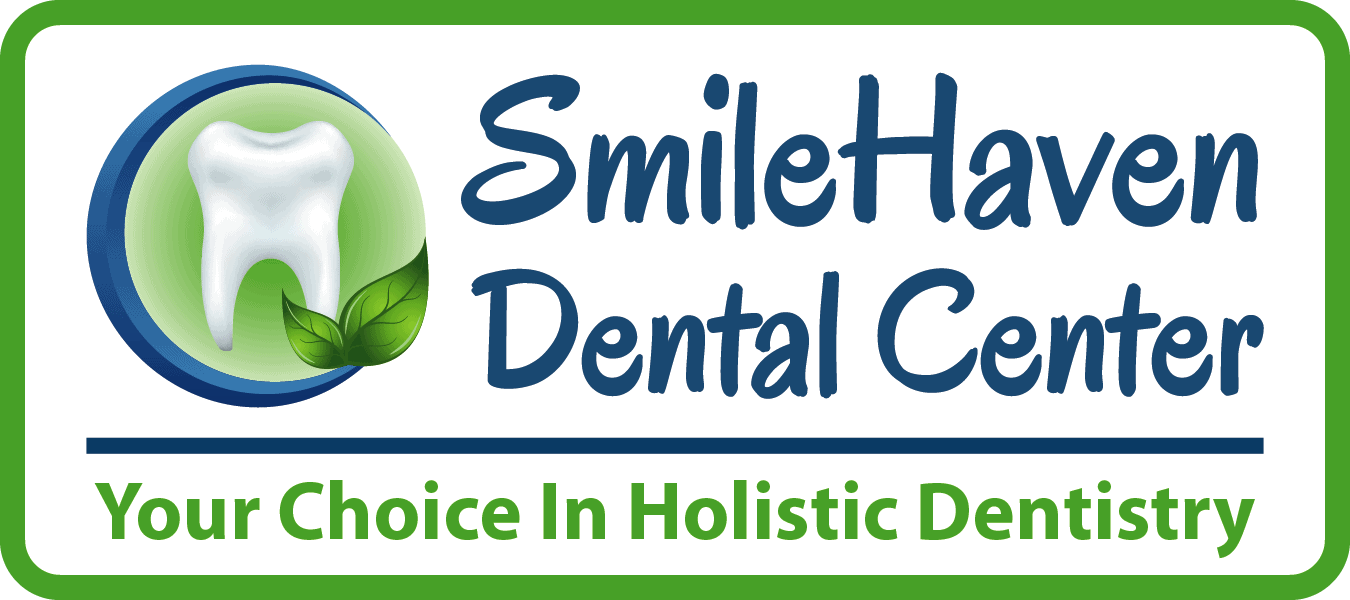Tooth Extractions
For any variety of reasons, you and Dr. Chan might decide that you need to have a tooth extracted. A tooth may need to be pulled if it is badly decaying, has extensive periodontal disease, or is fractured in a way that cannot be fixed. Other teeth might need to be extracted in order to provide room for orthodontic treatment or because they are malpositioned in the mouth (such as impacted teeth).
The removal of a single tooth can lead to problems related to your chewing ability, problems with your jaw joint, and shifting teeth, which can have a major impact on your dental health.
To avoid these complications, in most cases, Dr. Jones will discuss alternatives to extractions as well as replacement of the extracted tooth.
The Extraction Process
The dentist will use a local anesthetic to numb your tooth, jaw bone, and surrounding gums before to the extraction.
You’ll experience a lot of pressure when the extraction is being done. This is the result of the tooth being firmly rocked to open the socket for extraction.
Since the anesthetic has blocked the transmission of pain to the nerves, you just experience pressure; the nerves that transmit pressure are not significantly impacted.
During the extraction, if you experience any pain, please let us know straight away.
After Tooth Extraction
A blood clot must form after tooth extraction in order to stop the bleeding and start the healing process. Bite on a gauze pad for the first 30 to 45 minutes following the appointment. Place a second gauze pad and bite firmly for another 30 minutes if the bleeding or seeping doesn’t stop. To stop the blood from flowing, you might need to repeat this multiple times.
The blood clot should not be disturbed or moved once it has formed. For 72 hours, avoid brushing teeth very adjacent to the extraction site, rinsing forcefully, sucking on straws, smoking, drinking alcohol, and using mouthwash. These actions could disintegrate or dislodge the clot, which would slow the healing process. For the next 24 hours, avoid doing any strenuous exercise because it raises blood pressure and could lead to further bleeding at the extraction site.
You can have some discomfort and swelling after the tooth is removed. Swelling can be minimized by using an ice pack, an unopened bag of frozen peas, or a bag of frozen corn to the area. Utilize painkillers as directed. After 48 hours, the swelling normally starts to go down.
Take painkillers as prescribed. If the drug doesn’t seem to be working, contact our office. Even if the signs and symptoms of illness have subsided, keep taking antibiotics for the specified amount of time if they have been recommended. On the day of the extraction, eat healthy, soft food and drink lots of water. As soon as you feel at ease, you can resume eating normally.
After 24 hours, it’s crucial to get back to your regular dental routine. At least once a day tooth brushing and flossing should be part of this. This will hasten the healing process and keep your tongue clean and fresh.
You should feel fine after a few days and be able to carry on with your regular activities. Call our office right away if you experience substantial bleeding, excruciating pain, prolonged swelling lasting two to three days, or a pharmaceutical response.
